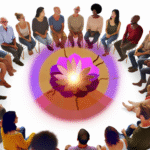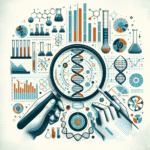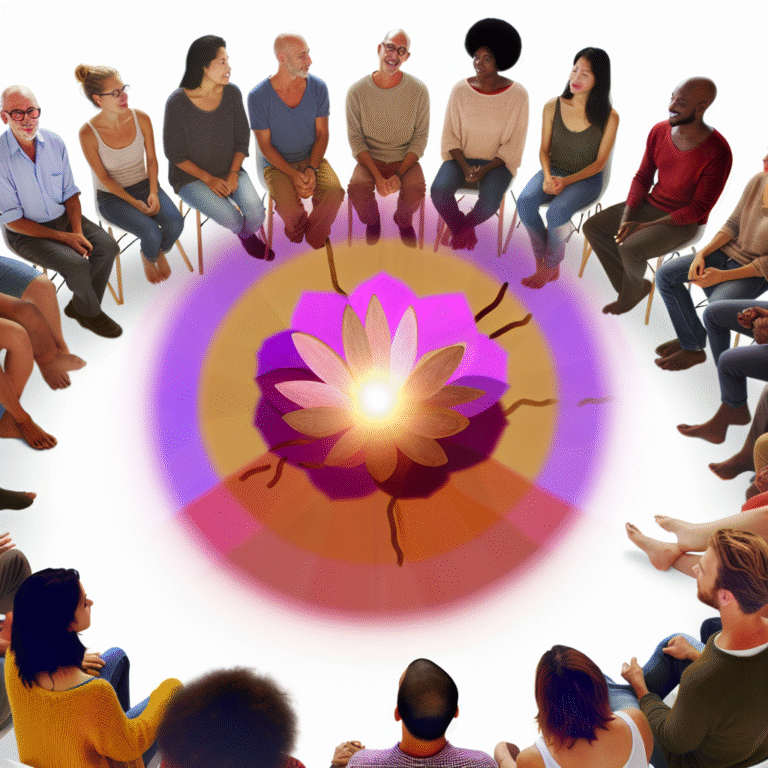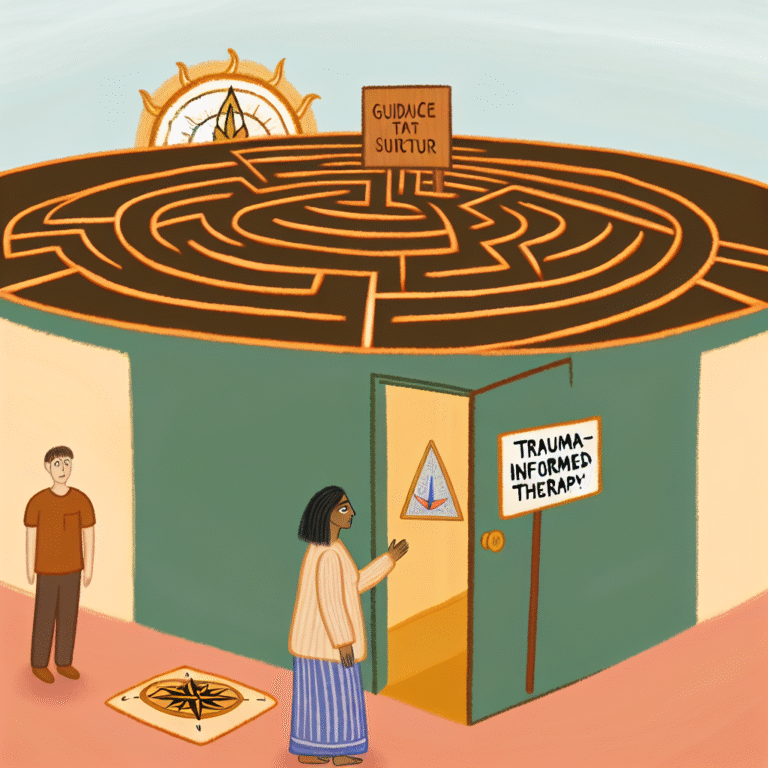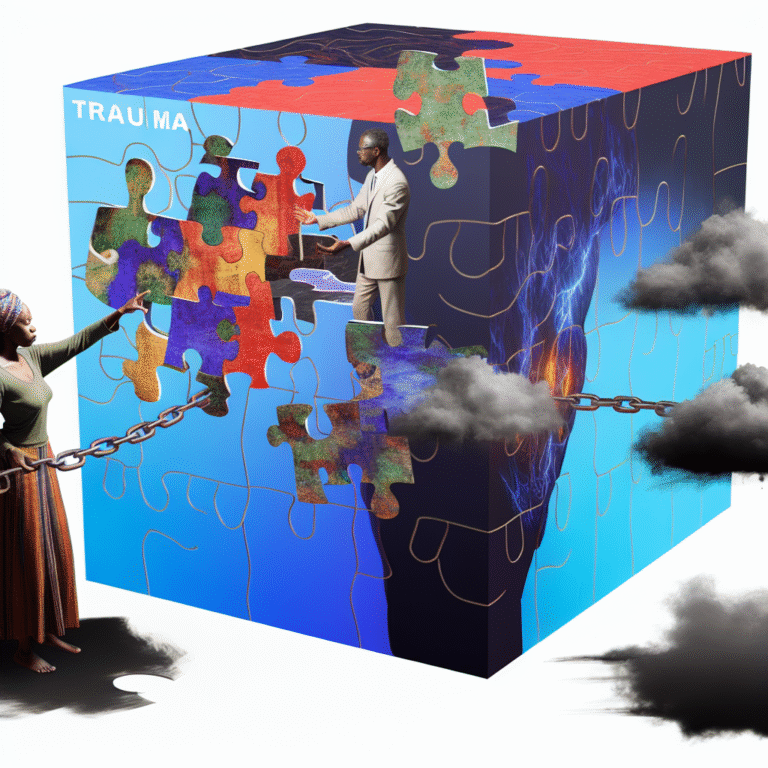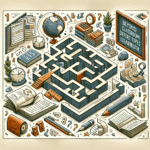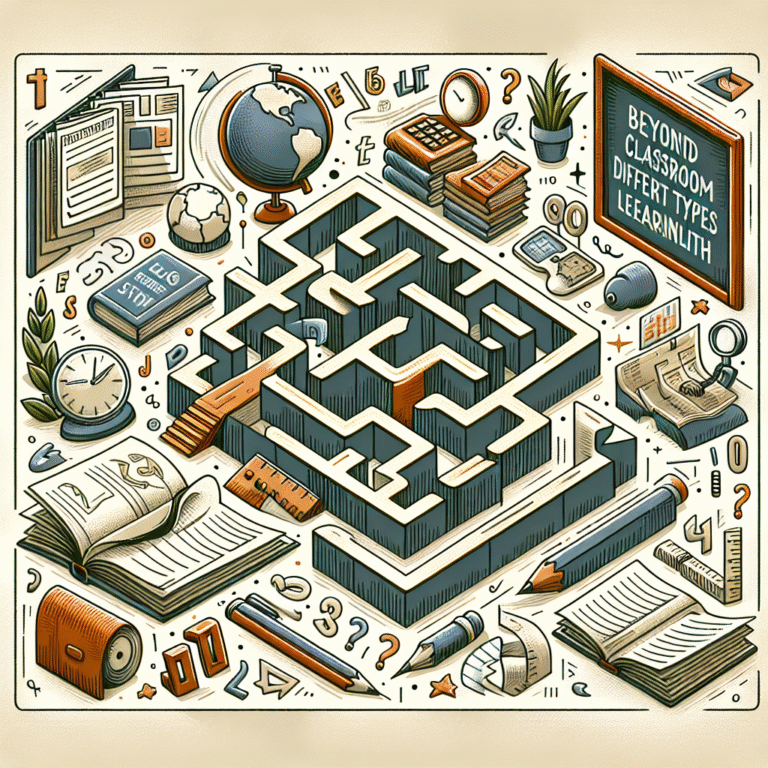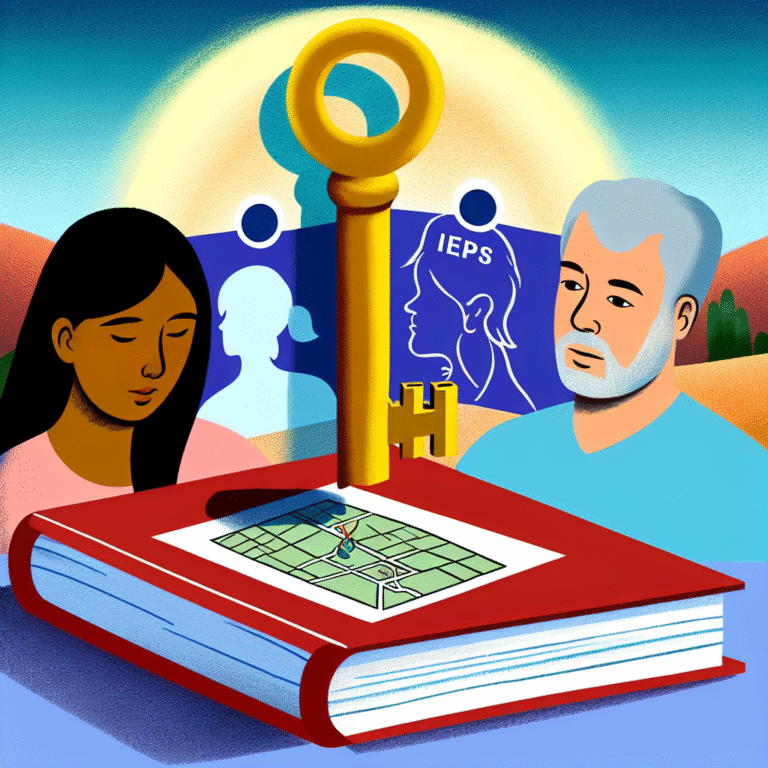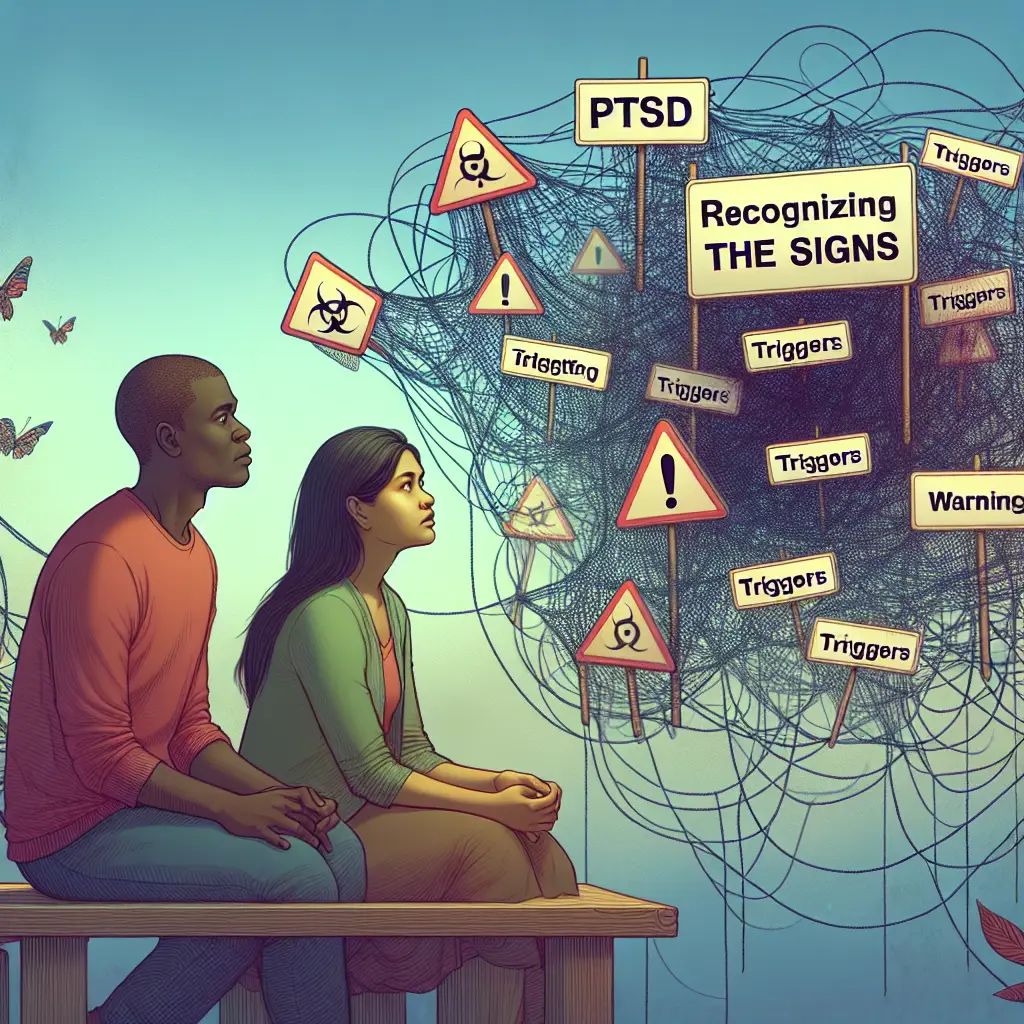
Recognizing the Signs: A Guide to Identifying PTSD Triggers for Resilience and Healing
Introduction
In an increasingly fast-paced and often unpredictable world, mental health challenges loom larger than ever. Among these, Post-Traumatic Stress Disorder (PTSD) stands out as a condition that affects millions of individuals, leaving a profound impact on their day-to-day lives. The gripping effects of trauma linger long after a traumatic event, and the signs of PTSD can manifest in various ways. However, one of the key components of managing PTSD and fostering recovery is recognizing the signs of triggers associated with this disorder.
In this article, titled Recognizing the Signs: A Guide to Identifying PTSD Triggers, we delve into the spine-chilling reality of trauma-induced triggers. But this is not just another guide—the insights provided within aim to empower individuals on their healing journey. Through engaging narratives, real-world case studies, and actionable advice, we will explore the multifaceted landscape of PTSD triggers, providing you with the tools needed to recognize these signs effectively and embark on a path to resilience.
Understanding PTSD and Its Impact
What is PTSD?
Post-Traumatic Stress Disorder (PTSD) emerges after someone experiences or witnesses a traumatic event, such as combat, sexual assault, or a natural disaster. Symptoms can include flashbacks, insomnia, emotional numbness, heightened anxiety, and avoidance of situations reminiscent of the trauma. Understanding the depth of PTSD is essential to fully grasp the importance of recognizing triggers that exacerbate its symptoms.
How Common is PTSD?
According to the National Center for PTSD, about 7-8% of the U.S. population will experience PTSD at some point in their lives. It can affect anyone regardless of age, gender, or background—a stark reminder that trauma knows no bounds.
Identifying PTSD Triggers
Defining Triggers
Triggers are stimuli—people, places, memories, or situations—that cause a person with PTSD to re-experience their trauma. Understanding and recognizing these signs is crucial to managing responses and fostering healing.
Common Types of Triggers
Sensory Triggers:
- Visual: Bright lights, certain colors, or specific scenes can evoke distressing memories.
- Auditory: Sounds, music, or phrases reminiscent of the traumatic event can bring about a heightened reaction.
Environmental Triggers:
- Location: Being in places associated with the trauma can elicit strong emotional reactions.
- Social Situations: Crowds or gatherings that feel overwhelming can trigger feelings of panic.
Emotional Triggers:
- Feelings of Sadness or Anger: Certain emotions can rekindle memories of the trauma.
- Stress Related to Life Changes: Major life transitions may increase sensitivity to past trauma.
Case Study: Sarah’s Journey to Understanding Her Triggers
Background
Sarah, a 32-year-old veteran, returned home after serving in combat. Struggling with flashbacks and emotional numbness, she had difficulty adjusting to civilian life. She began to notice that loud bangs, like those from fireworks, would send her into panic.
Recognizing the Signs
Through therapy, Sarah learned to identify her triggers:
- Crowded Spaces: The overwhelming number of people reminded her of chaotic combat situations.
- Loud Noises: These reminded her of gunfire and explosions.
Analysis
Sarah’s case illustrates the importance of recognizing the signs of PTSD triggers. By identifying her specific triggers, she was able to take proactive steps, such as avoiding certain situations and utilizing grounding techniques during moments of distress. Understanding her triggers empowered her healing process, showcasing that identifying these signs is essential for anyone facing PTSD.
Strategies for Recognizing and Managing Triggers
Self-Reflection and Journaling
Keeping a journal can help individuals identify patterns in their behavior and emotional responses. This reflective practice fosters a deeper understanding of what situations or stimuli evoke PTSD symptoms.
Mindfulness Practices
Mindfulness techniques, like meditation and deep breathing, can ground individuals in the present moment, helping to manage sudden feelings of anxiety or distress.
Seeking Professional Help
Engaging with mental health professionals who specialize in trauma can provide individualized strategies for identifying and managing triggers.
| Strategy | Description | Benefits |
|---|---|---|
| Self-Reflection | Journaling to identify triggers | Enhanced self-awareness |
| Mindfulness | Practicing meditation and breathing techniques | Reduced anxiety and improved focus |
| Professional Guidance | Therapy with specialized mental health professionals | Tailored strategies for coping |
Recognizing Personal Triggers: A Life Skill
The Importance of Awareness
For individuals with PTSD, cultivating awareness about one’s own triggers can significantly enhance their quality of life. Recognition empowers personal agency and lays the groundwork for healthier coping mechanisms.
Actionable Techniques
- Create a Trigger List: Identify specific situations, sounds, or scenarios that evoke distress and become proactive in managing those environments.
- Develop Coping Mechanisms: Engage different coping strategies tailored to your triggers, such as grounding exercises or visualization techniques.
Real-World Case Study: Tom’s Experience with Routine Changes
Background
Tom, a survivor of childhood trauma, found that changes in routine made him feel vulnerable. Even small alterations, like a different route to work, would send him spiraling into significant anxiety.
Recognizing the Signs
Tom began to grasp the relationship between routine changes and his anxiety levels, especially:
- Unexpected Plans: Caused panic reminiscent of life’s unpredictability during childhood.
- Altered Daily Habits: Left him feeling disoriented and unsafe.
Analysis
Tom’s experience underscores that triggers are not limited to dramatic events—they can emerge from mundane life changes as well. Recognizing these signs not only aids in managing anxiety but also promotes a sense of stability through established routines.
Advanced Techniques for Recognizing Triggers
Cognitive Behavioral Therapy (CBT)
CBT is an effective method for those with PTSD. It focuses on changing negative thought patterns and behaviors. Through CBT, individuals can learn to recognize and reframe their triggers, leading to more adaptive responses.
Eye Movement Desensitization and Reprocessing (EMDR)
EMDR is specifically designed for trauma recovery. This technique helps individuals process and integrate traumatic memories, ultimately reducing the emotional impact of triggers and enhancing resilience.
Conclusion: The Journey Towards Healing
Recognizing the signs of PTSD and identifying triggers is critical to the healing journey. As we explored in Recognizing the Signs: A Guide to Identifying PTSD Triggers, awareness empowers individuals, allowing for more effective coping strategies and healthier interactions with the world around them. Recovery is not linear; it is a continuous journey characterized by resilience, learning, and adaptation.
Your journey may be challenging, but it is also filled with opportunities for growth and healing. Armed with the insights and strategies from this guide, you can take meaningful steps toward recognizing your triggers and reclaiming your life.
FAQs
1. What are the most common PTSD triggers?
Common PTSD triggers include loud noises, crowded spaces, certain smells, and specific locations linked to traumatic memories.
2. How do I know if I have PTSD triggers?
If you notice intense emotional reactions to certain situations or stimuli, such as anxiety, panic, or flashbacks, you may be experiencing PTSD triggers.
3. Can PTSD triggers change over time?
Yes, triggers can evolve as individuals progress through their healing journey or encounter new experiences, making continuous self-awareness vital.
4. What should I do if I encounter a trigger unexpectedly?
Practice grounding techniques, take slow, deep breaths, and remind yourself that you are safe in the present moment.
5. Is therapy necessary to manage PTSD triggers?
While therapy is beneficial, many individuals can learn to manage triggers through self-awareness, mindfulness practices, and support from friends or family. However, professional guidance can provide significant benefits.
In Recognizing the Signs: A Guide to Identifying PTSD Triggers, we’ve crafted a roadmap toward understanding, embracing, and overcoming the challenges associated with PTSD. Remember, healing is a journey, and you are not alone in this passage towards resilience and empowerment.

